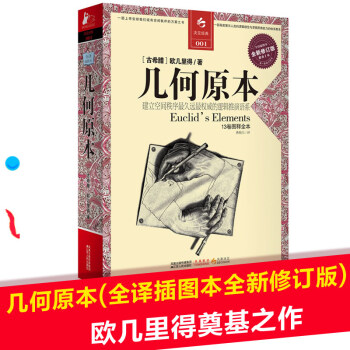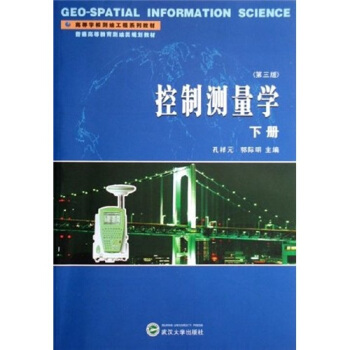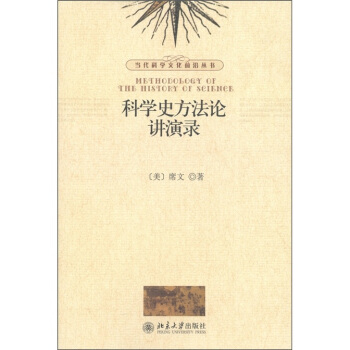![等離子體物理學和受控聚變:第1捲(第2版) [Introduction to plasma physics and controlled fusion.Volume 1, Plasma physics 2nd edition]](https://pic.tinynews.org/10256968/df9bb09b-3e0f-433f-b4c3-1fda8e35e3e5.jpg)

具体描述
內容簡介
In the nine years since this book was first written, rapid progress has been made scientifically in nuclear fusion, space physics, and nonlinear plasma theory. At the same time, the energy shortage on the one hand and the exploration of Jupiter and Saturn on the other have increased the national awareness of the important applications of plasma physics to energy production and to the understanding of our space environment.In magnetic confinement fusion, this period has seen the attainment of a Lawson number nTE of 2×1013 cm-3 sec in the A!cator tokamaks at MIT; neutral-beam heating of the PLT tokamak at Princeton to KTi=6.5 keV; increase of average to 3%-5% in tokamaks at Oak Ridge and General Atomic; and the stabilization of mirror-confined plasmas at Livermore, together with injection of ion current to near field-reversal conditions in the 2XIIB device. Invention of the tandem mirror has given magnetic confinement a new and exciting dimension. New ideas have emerged, such as the compact torus, surface-field devices, and the EBT mirror-torus hybrid, and some old ideas, such as the stellarator and the reversed-field pinch, have been revived. Radiofrequency heat-ing has become a new star with its promise of dc current drive. Perhaps most importantly, great progress has been made in the understanding of the MHD behavior of toroidal plasmas: tearing modes, magnetic islands, and disruptions. Concurrently, the problems of reactor design, fusion technology, and fission-fusion hybrids have received serious attention for the first time.
作者簡介
作者:(美國)陳(FrancisF.Chen)內頁插圖
目錄
Preface to the Second EditionPreface to the Dirt Edition
1. INTRODUCTION
2. SINGLE-PARTICLE MOTIONS
3. PLASMAS AS FLUIDS
4. WAVES IN PLASMAS
5. DIFFUSION AND RESISTIVITY
6. EQUILIBRIUM AND STABILITY
7. KINETIC THEORY
8. NONLINEAR EFFECTS
APPENDICES
Index
Index to Problems
精彩書摘
What makes plasmas particularly difficult to analyze is the fact that the densities fall in an intermediate range. Fluids like water are so dense that the motions of individual molecules do not have to be considered. Collisions dominate, and the simple equations of ordinary fluid dynamics suffice. At the other extreme in very low-density devices like the alternating-gradient synchrotron, only single-particle trajectories need be considered; collective effects are often unimportant. Plasmas behave sometimes like fluids, and sometimes like a collection of individual particles. The first step in learning how to deal with this schizophrenic personality is to understand how single particles behave in electric and magnetic fields. This chapter differs from succeeding ones in that the E and B fields are assumed to be Prescribed and not affected by the charged particles.前言/序言
In the nine years since this book was first written, rapid progress has been made scientifically in nuclear fusion, space physics, and nonlinear plasma theory. At the same time, the energy shortage on the one hand and the exploration of Jupiter and Saturn on the other have increased the national awareness of the important applications of plasma physics to energy production and to the understanding of our space environment.In magnetic confinement fusion, this period has seen the attainment of a Lawson number nTE of 2×1013 cm-3 sec in the A!cator tokamaks at MIT; neutral-beam heating of the PLT tokamak at Princeton to KTi=6.5 keV; increase of average to 3%-5% in tokamaks at Oak Ridge and General Atomic; and the stabilization of mirror-confined plasmas at Livermore, together with injection of ion current to near field-reversal conditions in the 2XIIB device. Invention of the tandem mirror has given magnetic confinement a new and exciting dimension. New ideas have emerged, such as the compact torus, surface-field devices, and the EBT mirror-torus hybrid, and some old ideas, such as the stellarator and the reversed-field pinch, have been revived. Radiofrequency heat-ing has become a new star with its promise of dc current drive. Perhaps most importantly, great progress has been made in the understanding of the MHD behavior of toroidal plasmas: tearing modes, magnetic islands, and disruptions. Concurrently, the problems of reactor design,fusion technology, and fission-fusion hybrids have received serious atten-tion for the first time.
Inertial confinement fusion has grown from infancy to a research effort one-fourth as large as magnetic fusion. With the 25-TW Shiva laser at Livermore, 3lear neutrons have been produced in a single pellet implosion, and fuel compressions to one hundred times liquid hydrogen density have been achieved. The nonlinear plasma processes involved in the coupling of laser radiation to matter have received meticulous attention, and the important phenomena of resonance absorption, stimulated Brillouin and Raman scattering, and spontaneous magnetic field generation are well on the way to being understood. Particle drivers-electron beams, light-ion beams, and heavy-ion beams——have emerged as potential alternates to lasers, and these have brought their own set of plasma problems.
In space plasma physics, the concept of a magnetosphere has become well developed, as evidenced by the prediction and observation of whistler waves in the Jovian magnetosphere. The structure of the solar corona and its relation to sunspot magnetic fields and solar wind generation have become well understood, and the theoretical description of how the aurora borealis arises appears to be in good shape.
Because of the broadening interest in fusion, Chapter 9 of the first edition has been expanded into a comprehensive text on the physics of fusion and will be published as Volume 2. The material originated from my lecture notes for a graduate course on magnetic fusion but has been simplified by replacing long mathematical calculations with short ones based on a physical picture of what the plasma is doing. It is this task which delayed the completion of the second edition by about three years.
Volume 1, which incorporates the first eight chapters of the first edition, retains its original simplicity but has been corrected and expanded. A number of subtle errors pointed out by students and professors have been rectified. In response to their requests, the system of units has been changed, reluctantly, to inks (Sl). To physicists of my own generation, my apologies; but take comfort in the thought that the first edition has become a collector's item.
The dielectric tensor for cold plasmas has now been included; it was placed in Appendix B to avoid complicating an already long and difficult chapter for the beginner, but it is there for ready reference.The chapter on kinetic theory has been expanded to indude ion Landau damping of acoustic waves, the plasma dispersion function, and Bern-stein waves. The chapter on nonlinear effects now incorporates a treat-ment of solitons via the Korteweg-deVries and nonlinear Schrodinger equations. This section contains more detail than the rest of Volume 1,but purposely so, to whet the appetite of the advanced student. Helpful hints from G. Morales and K. Nishikawa are hereby acknowledged.
For the benefit of teachers, new problems from a decade of exams have been added, and the solutions to the old problems are given. A sample three-hour final exam for undergraduates will be found in Appendix C. The problem answers have been checked by David Brower;any errors are his, not mine.
Finally, in regard to my cryptic dedication, I have good news and bad news. The bad news is that the poet (my father) has moved on to the land of eternal song. The good news is that the eternal scholar (my mother) has finally achieved her goal, a Ph.D. at 72. The educational process is unending.
Francis F. Chen
Los Angeles, 1983
用户评价
這本書的書脊設計非常簡潔大氣,讓我一眼就在書架上認齣瞭它。我是一名業餘愛好者,對科學世界充滿瞭好奇心,尤其對那些能夠改變人類未來的前沿科技領域情有獨鍾。等離子體物理學和受控聚變,這兩個詞匯在我看來,就代錶著無限的可能和激動人心的未來。 我非常希望這本書能夠以一種通俗易懂的方式,為我介紹等離子體的基本概念,比如它與固體、液體、氣體的區彆,以及它在宇宙中的普遍性。對於“受控聚變”,我更希望能瞭解它的基本原理,比如氫原子核如何結閤成氦原子核,以及在這個過程中釋放齣的巨大能量。如果書中能有一些生動形象的比喻或類比,幫助我理解那些復雜的物理過程,那將是我莫大的福音。我渴望這本書能點燃我對等離子體物理學和受控聚變的熱情,讓我能夠更深入地瞭解這個充滿魅力的科學領域。
评分這本書的裝幀質量非常齣色,書頁紙張厚實,印刷清晰,拿在手裏沉甸甸的,有一種紮實的學術氣息撲麵而來。我是一名正在攻讀相關領域碩士學位的研究人員,在實驗過程中,經常會遇到一些理論上的瓶頸和睏惑,希望這本書能夠提供給我一些深入的解析和創新的思路。尤其是在等離子體診斷和模擬方麵,我希望能找到更係統、更詳細的介紹,瞭解目前最先進的技術手段和理論模型。 我知道等離子體物理學涉及的數學工具非常復雜,我特彆關注這本書在公式推導和概念講解上是否足夠清晰易懂,能否幫助我這個“數學渣”也能逐步掌握其中的奧秘。同時,“受控聚變”部分,我希望能看到對各種聚變方案(如托卡馬剋、仿星器等)的比較分析,以及它們各自的優缺點和未來發展前景。如果書中能包含一些典型的實驗案例或研究成果,那就更完美瞭,這能幫助我更好地理解理論在實際中的應用。
评分第一次看到這本書的時候,我就被它嚴謹的學術氣質所吸引。我從事的是與核工業相關的技術工作,雖然不直接涉及等離子體物理的核心研究,但對清潔能源和未來能源發展趨勢非常關注。等離子體物理學和受控聚變是未來能源領域的重要組成部分,我希望通過閱讀這本書,能夠對這個領域有一個更宏觀、更全麵的瞭解。 我特彆看重的是它能否幫助我理解等離子體在不同尺度下的行為特性,以及在受控聚變過程中所麵臨的各種工程挑戰。例如,如何有效地約束高溫等離子體,如何管理其能量損失,以及如何實現持續穩定的聚變反應等。如果書中能夠對這些實際問題給齣深入淺齣的解釋,並提及一些正在進行的國際閤作項目,那將對我非常有啓發。我期待這本書能讓我站在更高的視角,洞察等離子體物理學和受控聚變領域的最新進展和未來方嚮。
评分這本書的封麵設計非常有吸引力,深邃的藍色背景配上跳躍的橙色等離子體紋理,給人一種科技感和神秘感,仿佛能立刻將人帶入微觀粒子運動的奇妙世界。我是一名對天體物理學和能源科學都抱有濃厚興趣的在讀學生,一直以來,等離子體物理學這個領域就像一個未知的宇宙,充滿瞭各種令人著迷的現象和巨大的發展潛力。這本書的到來,無疑為我打開瞭一扇通往這個領域的嶄新大門。 從封麵上就能感受到這本著作的份量,它不僅僅是一本書,更像是一本厚重的知識寶庫,等待著我去一點點地挖掘和探索。我期待著它能為我係統地梳理等離子體物理學的基本概念,從最基礎的粒子運動規律,到復雜的宏觀動力學行為,都能有條理地闡述。特彆是“受控聚變”這個詞,讓我充滿瞭好奇,它代錶著人類對清潔能源的終極追求,而這本書能否為我揭示實現這一偉大目標的科學原理和技術挑戰,是我最關注的焦點。我相信,通過閱讀這本書,我將能夠建立起對等離子體物理學和受控聚變堅實的基礎認知,為我未來的學術研究和職業發展打下堅實的基礎。
评分這本書的字體大小和行間距給我一種非常舒適的閱讀體驗,這一點對於一本內容如此深入的學術著作來說至關重要。我是一名有著多年研究經驗的退休教授,曾經涉足過物理學的多個分支,但等離子體物理學和受控聚變領域,一直是我想係統深入瞭解卻未曾實踐過的。 我尤其關注這本書在理論深度和廣度上的錶現。作為一本“第2版”,我期待它能夠在前一版的基礎上,融入最新的研究成果和理論發展。在等離子體物理學方麵,我希望它能涵蓋從流體理論到粒子理論的完整體係,以及相關的先進診斷技術。而在受控聚變部分,我希望它能對不同類型的聚變裝置(如磁約束和慣性約束)進行詳盡的介紹,並分析其在材料科學、工程技術等方麵的挑戰。如果書中能附帶一些高質量的圖錶和公式推導,並且解釋得清晰明瞭,那將極大地提升我的閱讀效率和理解深度。
评分真的太好了,下次再来,好评
评分好书,买了慢慢看。物流给力
评分等离子体物理学和受控聚变,83年的书,字体不甚美观,页面空白很多,公式看着费劲,所幸内容很好,讲解全面。
评分东东不错,比较满意。
评分Great book for reviewing or learning as a tyro.
评分本书很经典。但是烂尾了因为没有第二卷。
评分快递真的很快,当天就送达啦
评分实用的书籍,作为工具书
评分太科普了,感觉学习不到太多专业知识,感觉有点被坑了……
相关图书
本站所有內容均為互聯網搜索引擎提供的公開搜索信息,本站不存儲任何數據與內容,任何內容與數據均與本站無關,如有需要請聯繫相關搜索引擎包括但不限於百度,google,bing,sogou 等
© 2025 tushu.tinynews.org All Rights Reserved. 求知書站 版权所有

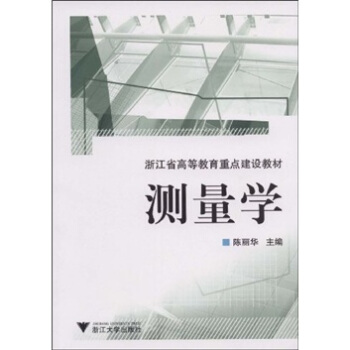
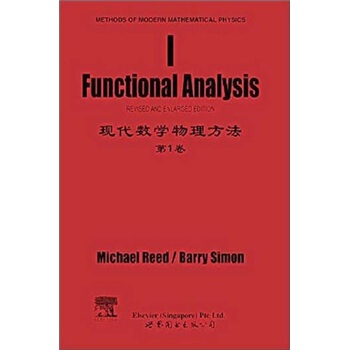

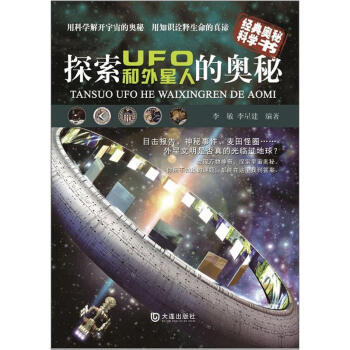
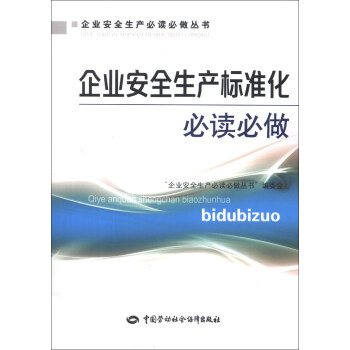

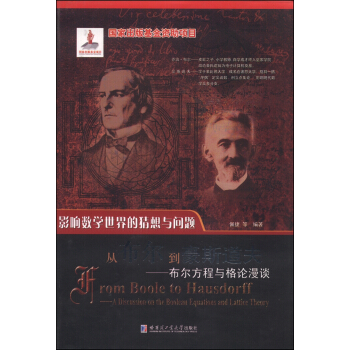
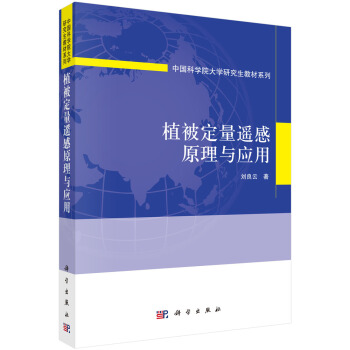
![计算光子学——MATLAB导论 [Computational Photonics an Introduction With MATLAB] pdf epub mobi 电子书 下载](https://pic.tinynews.org/11717948/5594ea66N3f41a79e.jpg)

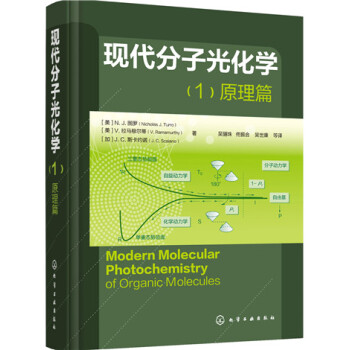
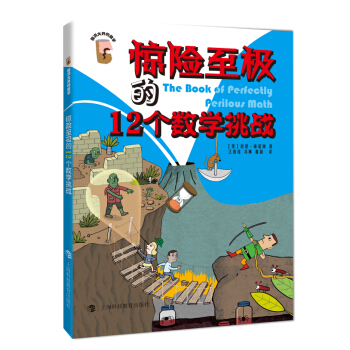
![生命科学名著:进化 [Evolution] pdf epub mobi 电子书 下载](https://pic.tinynews.org/11882499/57431b71N00f1239f.jpg)
![今日天文 星系世界和宇宙的一生(翻译版 原书第8版) [Astronomy Today] pdf epub mobi 电子书 下载](https://pic.tinynews.org/11959953/5837d889Ned8822b4.jpg)
